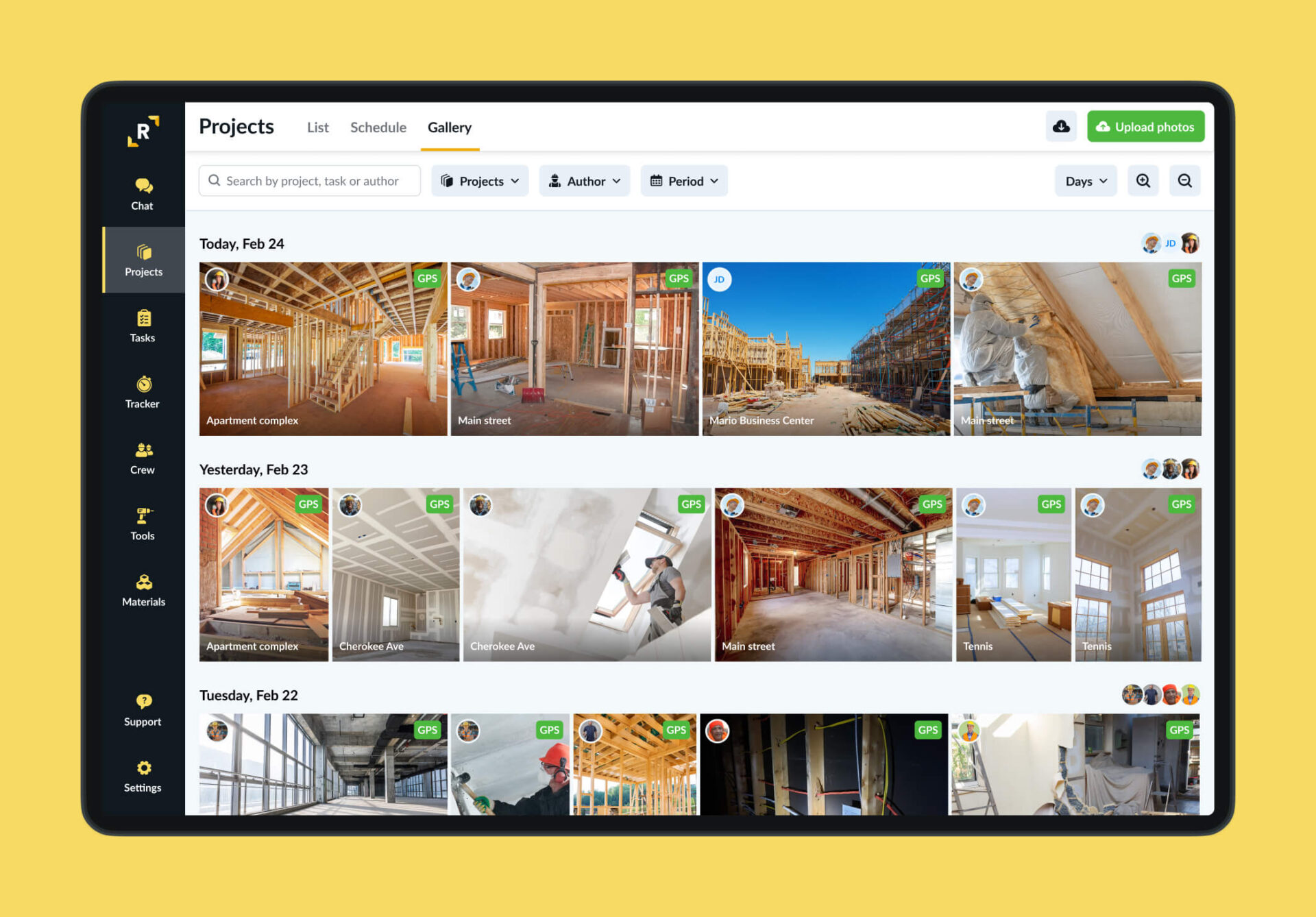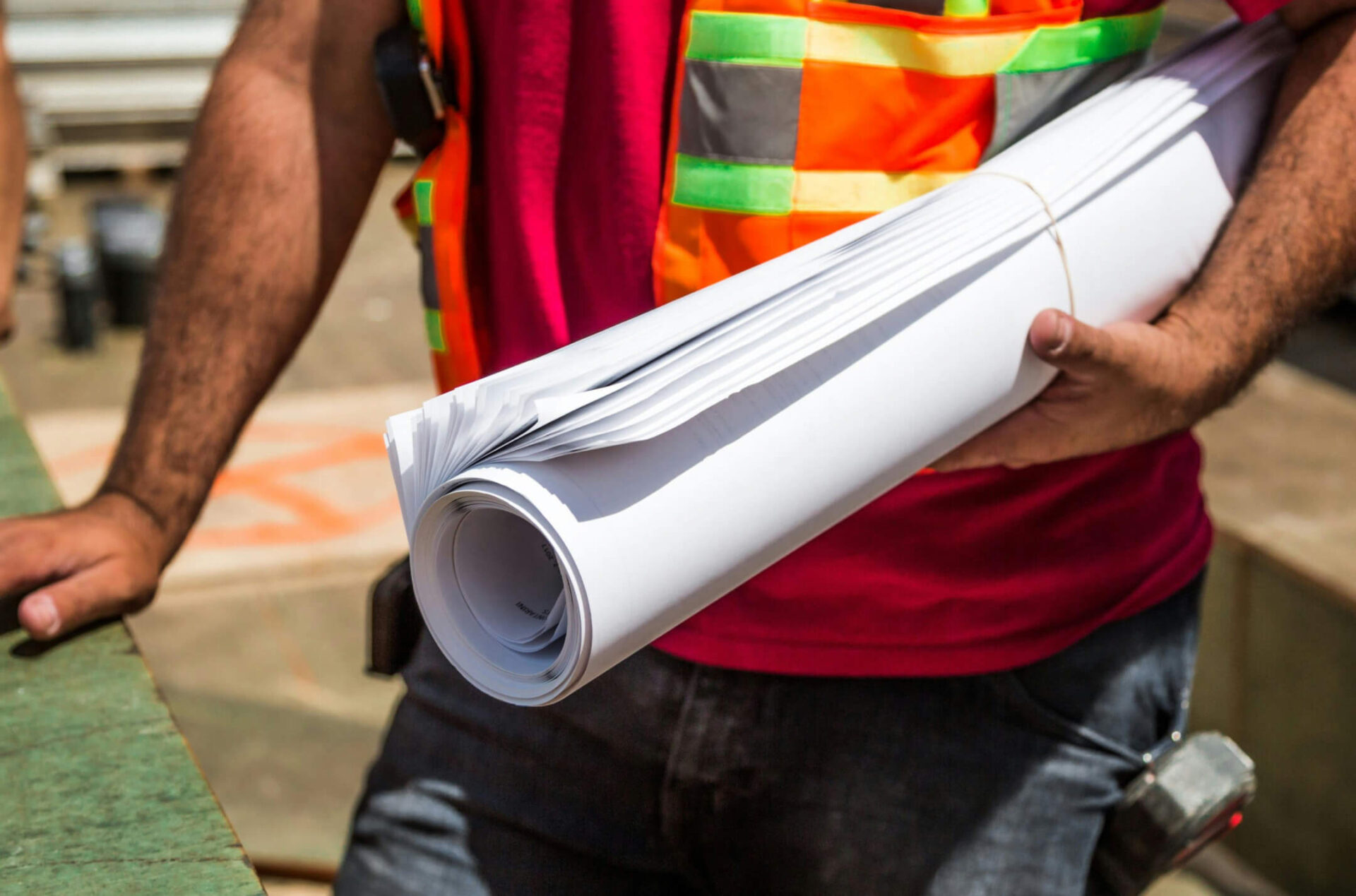Unlock a Smarter Construction Jobsite: How Digital Records Eliminate Costly Mistakes
Imagine walking onto a construction jobsite where every beam, every tool, even the scaffolding, seems to remember what happened yesterday. The walls “know” which tasks were finished and which are still pending. Misplaced the jobsite plans? No worries – the construction site itself whispers where the crew left them. It sounds like a construction fairy tale: a jobsite with a brain, capable of recalling every task, decision, tool usage, and conversation as clearly as a foreman’s morning briefing.
In this whimsical scenario, nothing ever gets lost in the shuffle. You could ask the project trailer, “Did we finish pouring the concrete on the second floor?” and it would reply with the exact time it was done. The tools would tattle who last used the jackhammer.
The jobsite office would hold every conversation in its memory, ready to replay a critical instruction from last week. It’s a lighthearted thought – a construction jobsite that talks back, reminding the team about things they might have otherwise forgotten. But as fanciful as a “smart jobsite” with a perfect memory sounds, it highlights a very real need in the construction industry: keeping track of countless moving parts and details.
In reality, of course, construction sites don’t have mystical memory powers. People do – and people forget. Important tasks slip through cracks, verbal instructions get lost, and equipment has a way of “wandering off” when nobody’s keeping tabs.
This is where the idea of recorded memory on a construction jobsite stops being magic and starts becoming practical. Instead of relying on human memory (which, let’s face it, is as leaky as a sieve – studies show we forget up to 70% of new information within 24 hours), forward-thinking construction teams are turning to digital tools to give their jobsites something very close to a memory of their own.
Why Memory Matters on the Construction Jobsite
A construction project is a giant puzzle with thousands of pieces – materials, workers, plans, and daily changes. Without a good “memory” of what’s happening, that puzzle can quickly turn into a jumbled mess. Poor information management and forgetfulness aren’t just minor annoyances; they can cripple a project. Construction crews worldwide lose enormous time simply hunting for information or correcting mistakes that stem from miscommunication. According to the Autodesk + FMI Report: Harnessing the Data Advantage in Construction, decisions made using bad data are estimated to have cost the global construction industry $88.69 billion in rework alone.
Modern construction jobsites are bustling with activity, which makes proper record-keeping essential. Without a reliable project memory, team members may spend hours retracing steps. One recent analysis from LetsBuild: Why Do People on Construction Jobsites Waste So Much Time? found that construction workers spend nearly 30% of their time on non-optimal activities, such as waiting for information, materials, or clarifications.
Deadlines slip when a crew has to redo a task that was documented incorrectly (or not at all). Costs rise when materials get ordered twice because the first request was forgotten. And nothing saps morale faster than the blame game: “I never got that message” or “I thought someone else had taken care of it.” In high-stakes environments like construction, these memory lapses can even lead to safety risks. (In one airport expansion project, workers forgot a critical debris-clearing protocol from orientation – leading to a dangerous close call.)
In short, memory matters on a jobsite because construction is a team sport built on information. When everyone knows what’s been done, what’s left to do, and the history behind decisions, work flows more smoothly. When that collective memory fails, the project feels like a crew trying to build in the dark.
Lessons Lost: What We Often Forget (and How It Hurts)
It’s surprisingly easy for important details to vanish on a busy construction jobsite. Here are a few common things that slip from memory – and the ripple effects when they do:
- Missed or Overlooked Tasks: In the flurry of daily work, a small task (“torque all bolts on beam 3”) might be promised verbally and then forgotten. The team moves on, unaware something was skipped. By the time anyone realizes, it might require opening up finished work or delaying subsequent steps.
- “Where Did That Go?” – Lost Materials and Tools: A tool might be lent to another crew member or a stack of materials gets moved and forgotten. Days later, nobody knows where it went or if it’s even still on the jobsite. Time is wasted searching, or a duplicate gets ordered.
- Undocumented Decisions & Conversations: A supervisor tells a foreman about a change in plan while passing by. If those decisions aren’t documented, they disappear. Later, the team might be puzzled: “Why was this installed differently?” or “Who authorized this material?” Without a record, confusion and delays follow.
- Schedule Changes & Absent Updates: If a concrete pour gets pushed from Wednesday to Friday, was everyone informed? If not, you could have crews or deliveries showing up on the wrong day. One forgotten update can throw off the entire chain.
Each of these memory fails teaches the same lesson: what isn’t recorded effectively didn’t happen. A task not logged might as well be a task not done. A tool not tracked is as good as gone. And a decision not documented will be made again – and again.
These gaps strain teamwork and trust. Crews have to redo work, supervisors spend mornings putting out fires, and everyone dreads the phrase “I thought someone else was handling it.”
Building a Jobsite Memory (How Remato Can Help)

We can’t give our construction jobsites literal brains, but we can give them memory through digital tools like Remato. Remato acts as a persistent memory bank for your projects. It captures and organizes information so nothing important slips through the cracks.
- Structured Task Logs: Tasks are logged in a clean, organized timeline. Need to check if Room 204 was grouted? Just scroll back. Instead of chasing updates, you have a historical record.
- Project Chat History: Construction communication often happens in dozens of fragmented channels. Remato’s chat stays tied to the project, not a person’s device. Conversations and decisions are preserved, searchable, and transferable. New team member? They can catch up from day one.
- Photo Documentation with Context: Snap photos of progress, deliveries, or issues right inside the app. Each image is automatically tagged with a timestamp, task, and location. No more hunting through camera rolls. You get a visual timeline of the project.
- Asset Tracking & Audit Trails: Tools no longer disappear. Each piece of equipment can be tagged and tracked – who used it, when, and where. A digital audit trail for hand-offs, maintenance, and condition reporting. You know what’s where, and who last touched it.
Together, these features form a digital memory for your construction jobsite. Nothing relies on someone’s recollection. It’s all there – visible, structured, and accessible.
Turning Forgetfulness into Foresight
A construction jobsite that “remembers everything” is no longer fantasy. It’s achievable with the right tools. Instead of relying on someone to remember what happened last week, you can simply look it up.
With platforms like Remato creating a digital backbone for your projects, you create a construction site memory that everyone can use. The team can move confidently, avoid mistakes, and stay aligned. Miscommunications drop, transparency rises.
And yes, when someone asks, “What happened here?” – you’ll know exactly where to look.
Learn more about how Remato helps teams stay on track on our Crew Management page.
